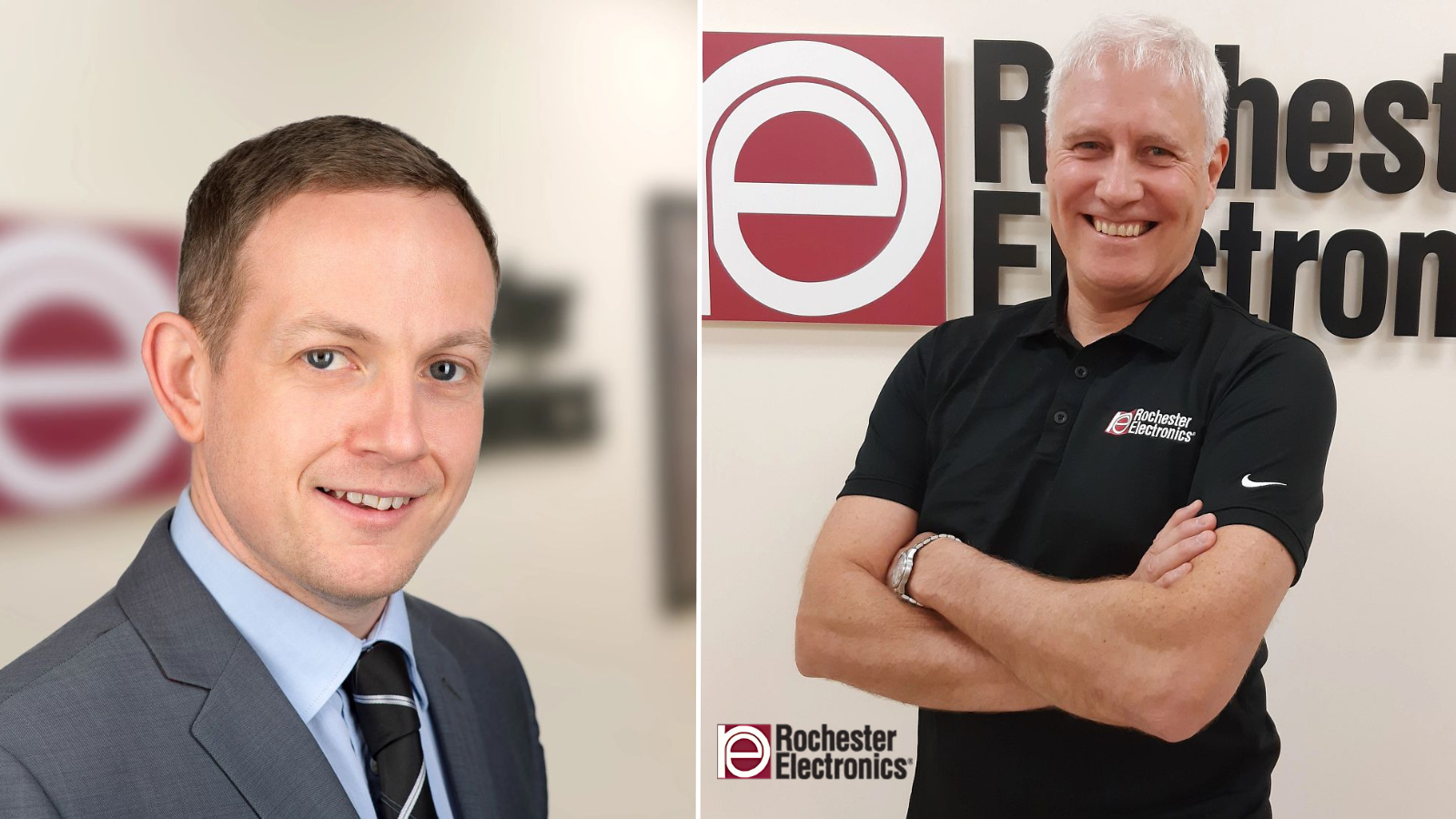The symbiosis of sustainability, durability and obsolescence management lies at the heart of responsible product design. Sustainable design seeks to minimise the environmental impact of manufactured products by prioritising material and energy efficiency, reducing waste and extending product life cycles. Durability complements this goal by ensuring products remain functional, maintainable and repairable over many years, reducing the need for frequent replacements.
However, planned or inevitable obsolescence challenges this balance by driving shorter product lifespans, often for economic or technological reasons. A truly sustainable approach harmonizes these elements by designing durable products that anticipate future upgrades, repairability and recyclability, thereby smoothing the obsolescence management process.
Beyond economic and technological drivers, OEMs are subject to a new generation of standards, regulations and compliance requirements. For example, in the EU, under the Corporate Sustainability Reporting Directive (CSRD), large companies must report comprehensive sustainability data, including Scope 3 where Category 11 Use of Sold Products captures emissions generated when customers use a product.
Moving beyond current and impending regulations, concepts such as Scope 4 ‘avoided emissions’, place even more emphasis on the design process.
The idea of ‘shifting left’ involves moving engineering subjects normally associated with a product’s maturity phase to the start of the design process where they can have a positive impact on a product’s durability. Obsolescence management is a classic example.
No OEM can be expected to manage obsolescence single handedly, the required skills, knowledge, insight and resources are too great. This is where organisations like Rochester Electronics chime in. One of the key secrets to increasing a product’s durability is sharing resources such as the design concept, bill-of-materials, use cases and proposed design life with obsolescence partners as early in the design process as possible.
Design for durability
Rochester Electronics general manager EMEA, Stephen Morris, started the discussion: “Engineers are increasingly tasked with considering not just the cost and performance of their designs, but also their long-term durability and environmental impact, with many industrial and aerospace systems expected to remain operational for 30 years or more.
“However, forecasting component availability for such long lifespans is extremely difficult. Manufacturers provide roadmaps, but market dynamics often render these predictions unreliable. Components that are essential today may become obsolete in just a few years due to technological shifts or supply chain disruptions.”
In many engineering environments, product stability, predictability and reliability take priority over short-term, incremental advances in technology.
Stephen explained: “By collaborating with us early in the design process, engineers can start mitigating lifecycle risks. We can guarantee the availability of legacy components, enabling designers to focus on creating durable, reliable products without over-reliance on cutting-edge technology. For instance, we’ve worked with customers to supply processors from the 1990s for use in modern systems, ensuring continuity without costly redesigns. This approach supports sustainability by reducing waste and extending the usability of existing platforms.
“Early collaboration between design teams and Rochester can make a significant difference in a product’s lifecycle. Most designs today build on existing platforms, but even with incremental changes, selecting the right components early is critical. Engineers typically decide on key parts, such as processors, FPGAs and DSPs, early in the design phase because these components form the backbone of their systems. However, these choices come with long-term implications.
“By engaging with Rochester during the concept stage, engineers gain access to our expertise and inventory. We can provide insights into component availability and lifecycle support, offering alternatives that balance performance with long-term sustainability. For example, we’ve helped customers avoid unnecessary redesigns by supplying legacy components critical to their systems, ensuring that they can continue to operate without disruption. This approach minimises risk, reduces costs and supports sustainability by extending the lifecycle of existing platforms.”
Technical sales manager EMEA, Ken Greenwood, added: “Sustainability begins at the conceptual stage, where component selection and sourcing play a pivotal role. Matching estimated system lifespans with appropriate components is critical. For example, choosing suppliers with long-term commitments or transition plans can mitigate risks associated with obsolescence. Unfortunately, we often see products released just as key components become obsolete, highlighting the need for proactive planning and design decisions.
“Design focus often remains on achieving the best performance, with less emphasis on durability or long-term reliability. While some markets, like aerospace and energy, demand lifecycle support spanning decades, broader industry still prioritizes fast upgrades and cutting-edge performance. This approach overlooks the stable, long-term reliability crucial for certain applications.
“For example, take aerospace. Airbus introduced NEO (New Engine Option) to extend the life of existing platforms by integrating more efficient engines. Such decisions often occur mid-program, requiring redesigns that weren’t foreseen during initial development. We supported Airbus by recreating flight system chips, saving significant requalification costs. Another example is from the Covid-19 pandemic. With semiconductor shortages, we helped a customer remanufacture a ventilator design, fulfilling urgent market demand. These scenarios underscore the importance of anticipating lifecycle needs during the design phase.”
“It’s never too early for designers to involve us. Engaging at the design stage ensures that longevity and sustainability considerations are embedded into the product. Identifying critical components and planning for modularity can save significant costs and effort down the line.
“Modular designs simplify upgrades and replacements, especially for critical components like FPGAs, which may have shorter lifespans than the overall system. By structuring designs around replaceable modules, companies can maintain support without redesigning entire systems. This approach balances mechanics and functionality, addressing lifecycle mismatches effectively.”
100 per cent authenticity
Engaging with an organisation capable of supporting a product’s design process through multiple generations of technologies and engineering staff is of little value unless the OEM has total confidence in the quality of the process and the finished parts.
Stephen explained: “Rochester owns and maintains 15 billion parts in physical stock and 12 billion dies stored for in-house manufacturing. This inventory is entirely owned by us, giving us complete control over quality and availability. Every part we supply is sourced directly from original manufacturers under formal agreements, ensuring 100 per cent authenticity.
“Rochester’s processes are fully internalized. Our ability to recreate obsolete components is unparalleled. We use the original manufacturing specifications and test programs, replicating components to their exact original standards. This guarantees that the parts meet the same performance and quality expectations as when they were first introduced. Every detail is preserved, but the product is built for modern use. This level of precision and authenticity sets us apart from others in the market.”
Ken continued: “When manufacturers or users notify us of a potential long-term demand, we can proactively secure those parts as an authorised partner. We’re willing to invest in finished goods during last-time buys, leveraging our broader market perspective. Additionally, we aim to capture wafers and intellectual property. Simply having wafers isn’t sufficient; we also require the original test programs to ensure we can guarantee the product is 100 per cent authentic to the original specification. This enables us to use the same part numbers as major original manufacturers.
“In certain cases, we go further. For example, if no silicon is available because the technology has been discontinued, we sometimes obtain the masks, detailed design data such as GDSII, SPICE models and other critical elements. If all conditions align, we can create a product identical in hardware and software to the original.
“Our process ensures identical performance, to the point that customers can avoid requalification, even at stringent aerospace standards like DO-178C DAL-A (flight-critical systems). We’ve executed this successfully with major aerospace clients, allowing them to maintain system certification without requalification, which is a testament to our capabilities.”
Fostering collaboration
Although technical expertise permeates the design for durability process, collaboration and trust are equally important for projects spanning multiple generations.
Stephen explained: “Personal connections remain at the heart of what we do. While digital tools like Teams and Zoom have their place, we believe that face-to-face interactions build trust and foster collaboration. To support this, Rochester maintains a strong local presence in key regions. Our local teams provide tailored support, speaking the language and understanding the specific needs of each market.
“Events and trade shows, such as Electronica and DSEI, are central to our customer engagement strategy. These events allow us to meet customers in person, discuss their challenges, and collaborate on solutions. For example, at a recent show, we held over 300 meetings in a single week, demonstrating the value of direct interaction.
“We’re also enhancing our digital capabilities to complement these efforts. Our e-commerce platform allows customers to track, trace and order components online, making it easier to do business with us. By blending traditional and digital approaches, we aim to provide a seamless and supportive customer experience.”
Two-pronged approach
Given that some examples of obsolescence can be accurately predicted and managed, while others are randomly driven by factors beyond OEMs’ control, a two pronged approach addressing both shortages and traditional obsolescence is essential.
Stephen said: “Rochester supports both component shortages and obsolescence management. Regarding shortages, we provide a lifeline to customers during supply chain disruptions. Over the past two years, the global market faced severe shortages, but Rochester stepped in with five billion active components in stock, ready for immediate shipment. These are live production-grade parts still being manufactured and every piece comes directly from the original manufacturers. This capability ensured continuity during the crisis and introduced many customers to our services for the first time.
“On obsolescence, we manage an unparalleled inventory of 10 billion parts that have gone out of mainstream production. This lets us support customers with older systems, providing them with authentic, high-quality parts they can trust. Our commitment to sourcing directly from manufacturers ensures a completely secure pipeline, free from the risks associated with the grey market. This dual focus on shortages and obsolescence positions Rochester as a key partner in navigating complex supply chain challenges.”
In conclusion, designing for durability demands a proactive, collaborative approach that begins early in the product development process. By integrating obsolescence management, sustainability considerations and modularity at the design stage, OEMs can extend product lifecycles, reduce waste and enhance long-term reliability. Rochester Electronics exemplifies this approach, offering the expertise, authentic components and lifecycle support that empower engineers to tackle the challenges of durability and sustainability. With the right partnerships and forward-thinking design strategies, manufacturers can achieve a balance between performance, reliability and environmental responsibility, paving the way for more sustainable, resilient products in an evolving marketplace.


